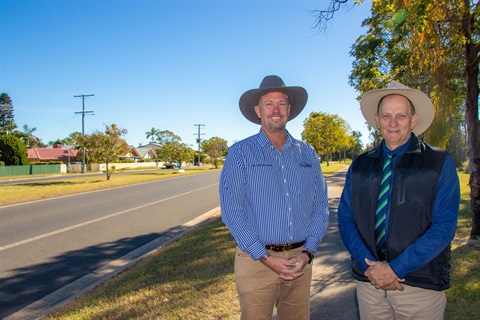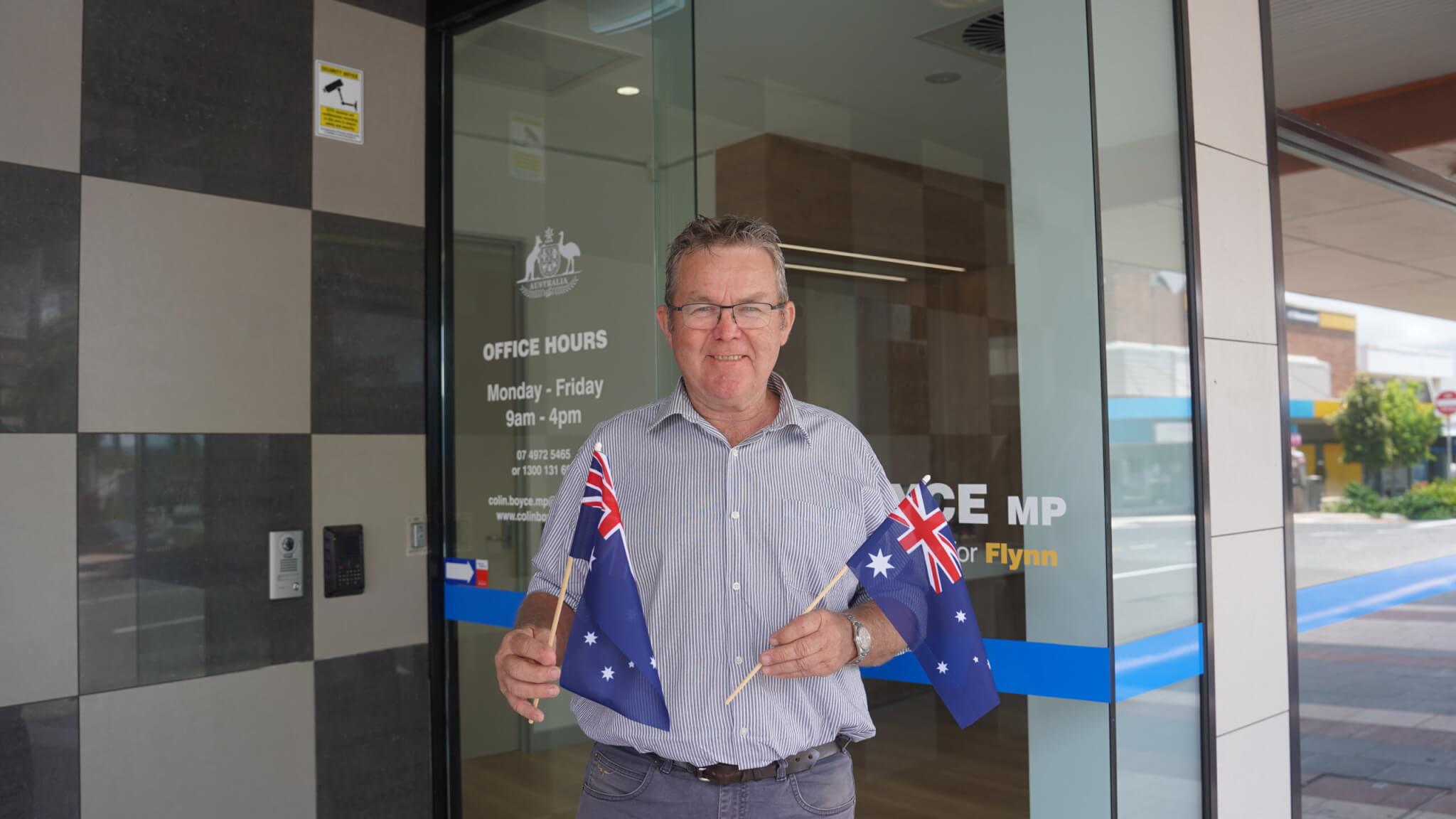The gender diversity of New Zealanders will be better reflected in future statistics with new information collected in household surveys, Stats NZ said today.
More than 28,000 New Zealand households will be asked to take part in the upcoming Household Economic Survey. Starting this year, the survey will ask people to describe their gender – whether that is male, female, or if they see themselves another way, such as one of many non-binary genders.
“People will have the option to provide their own description of their gender. So, for example, Māori who identify as takatāpui can tell us that through their survey answers. The responses will help us show New Zealanders who we really are,” general manager Jason Attewell said.
Information provided as part of the Household Economic Survey is kept private, secure, and confidential by Stats NZ, as are all survey responses. Individuals are never identified in published statistics or research.
“Until now, we’ve been mostly relying on our survey interviewers to describe a person as being male or female. This hasn’t allowed us to clearly distinguish between sex and gender and doesn’t provide the opportunity for people to tell us if these two categories don’t describe them well. Really, this is information that New Zealanders can best provide for themselves,” Mr Attewell said.
Combined with a question about sex at birth, this information will help to ensure that the transgender population is better reflected in the data collected. This two-step approach is recognised as international best practice for collecting information about sex and gender.
The survey also asks people how they describe their sexual identity, whether heterosexual or straight, gay or lesbian, bisexual, or if another term best describes them.
“Our statistics should reflect everyone, so along with collecting information such as age, ethnicity, health, and education, this information helps us describe and understand the diversity of society in relation to important topics like income, poverty, and other aspects of our standard of living,” Mr Attewell said.
“This information will also help government policymakers and other decision-makers when they consider funding which affects minority groups. It will also provide important insights for communities who have not yet seen themselves reflected in our data.”
For the first time, people will be able to personally answer these and some other survey questions by entering their answers on a computer screen. Most questions in this household survey will continue to be asked face-to-face by Stats NZ’s interviewers, who record the responses on a laptop computer.
“We acknowledge some of these questions are sensitive for some people. Our interviewers will simply turn the computer around, so people can answer this part of the survey privately. Other core demographic questions, like ethnicity, are also in this self-complete section.”
This is the second large Stats NZ survey to ask questions about sexual identity. The 2018 General Social Survey was the first to ask questions on sexual identity and initial results will be released on 26 June 2019. Those results will be another step towards reflecting the diversity across New Zealand in official statistics.
“Stats NZ intends to include these questions as part of the core demographics collected in all household surveys,” Mr Attewell said.
What is the Household Economic Survey?
The survey measures the financial wellbeing of New Zealanders, giving a picture of household income and wealth. This Household Economic Survey collection runs between July 2019 and June 2020 and results are expected by the end of 2020.
Expanding the Household Economic Survey to obtain good measures of child poverty has more on recent changes to the survey’s sample design.
Here is information released from the previous Household Economic Survey:
Household income and housing-cost statistics: Year ended June 2018
Household net worth statistics: Year ended June 2018
Child poverty statistics: Year ended June 2018








